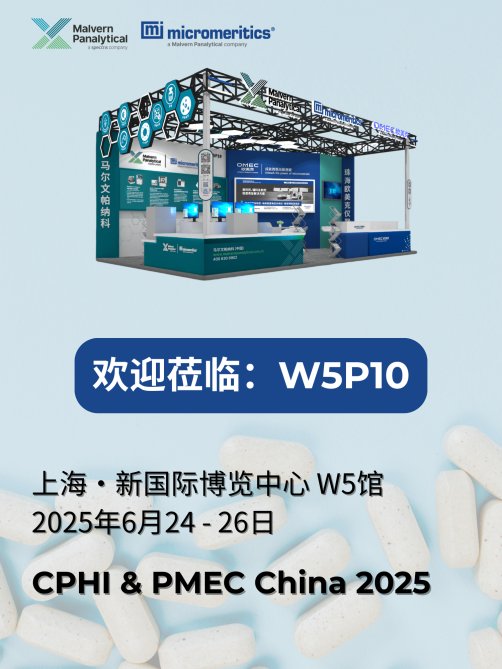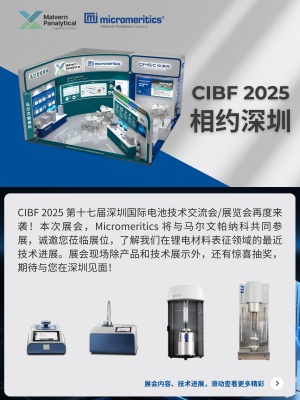15 年
 金牌会员
金牌会员
 已认证
已认证
每周分享:Selective catalytic reduction of nitric oxide with ammonia over zirconium-doped copper/ZSM-5 catalysts
今天给大家分享的是2014年5月份《Applied Catalysis B: Environmental》上发表的一篇名为:Selective catalytic reduction of nitric oxide with ammonia over zirconium-doped copper/ZSM-5 catalysts
文章摘要如下:
Selective catalytic reduction (SCR) of NO by NH3 over a series of Cu-Zr/ZSM-5 catalysts with different zirconium loadings was studied to evaluate the correlation between structural characteristics and performance of the catalysts. The Cu-Zr/ZSM-5 catalysts exhibited nearly 100% NO conversion over a wide temperature range (167–452 °C), which is markedly superior to those of Cu/ZSM-5 (197–404 °C) and conventional V-W/TiO2 catalyst (320–450 °C) and within the range of exhaust temperatures of diesel engines. Moreover, the zirconium enhances the sulfur tolerance of the catalysts. The effects of zirconium addition were investigated in detail by N2 adsorption, X-ray diffraction (XRD), scanning electron microscopy (SEM), transmission electron microscopy (TEM), X-ray photoelectron spectroscopy (XPS), temperature-programmed desorption of NH3 (NH3-TPD), temperature-programmed reduction by hydrogen (H2-TPR), oxygen storage capacity (OSC), electron paramagnetic resonance (EPR), ultraviolet–visible diffuse reflectance spectra (UV–vis DR) and in situ diffuse reflectance Fourier transform (DRIFT) spectroscopy. The TEM, XRD and UV–vis DR results showed that addition of zirconium increased the dispersion of copper and prevented its crystallization. The XPS results demonstrated that the introduction of zirconium enhanced the enrichment of copper species on the surfaces of ZSM-5 grains. Addition of zirconium improved the redox properties of the Cu-Zr/ZSM-5 catalysts, which arose from the higher valence of copper and mobility of lattice oxygen than those of Cu/ZSM-5 catalyst. The DRIFT results confirmed that the SCR reaction over Cu-Zr/ZSM-5 catalysts mainly followed the Langmuir–Hinshelwood mechanism; i.e., reaction of activated NOx species with activated NH3 species. The Cu-Zr/ZSM-5 catalysts were able to accelerate the oxidation of NO to NO2 in the presence of oxygen. Compared with Cu/ZSM-5 catalyst, the Cu-Zr/ZSM-5 catalysts caused the amount of –NO2 species after NO + O2 adsorption to increase, resulting in the temperature range for optimum NOx reduction (>95%) extending to lower temperature.
该文章中材料表征采用的是美国麦克仪器AutoChem 2920.
详情可参考下面链接:
http://www.sciencedirect.com/science/article/pii/S0926337314000034
文章摘要如下:
Selective catalytic reduction (SCR) of NO by NH3 over a series of Cu-Zr/ZSM-5 catalysts with different zirconium loadings was studied to evaluate the correlation between structural characteristics and performance of the catalysts. The Cu-Zr/ZSM-5 catalysts exhibited nearly 100% NO conversion over a wide temperature range (167–452 °C), which is markedly superior to those of Cu/ZSM-5 (197–404 °C) and conventional V-W/TiO2 catalyst (320–450 °C) and within the range of exhaust temperatures of diesel engines. Moreover, the zirconium enhances the sulfur tolerance of the catalysts. The effects of zirconium addition were investigated in detail by N2 adsorption, X-ray diffraction (XRD), scanning electron microscopy (SEM), transmission electron microscopy (TEM), X-ray photoelectron spectroscopy (XPS), temperature-programmed desorption of NH3 (NH3-TPD), temperature-programmed reduction by hydrogen (H2-TPR), oxygen storage capacity (OSC), electron paramagnetic resonance (EPR), ultraviolet–visible diffuse reflectance spectra (UV–vis DR) and in situ diffuse reflectance Fourier transform (DRIFT) spectroscopy. The TEM, XRD and UV–vis DR results showed that addition of zirconium increased the dispersion of copper and prevented its crystallization. The XPS results demonstrated that the introduction of zirconium enhanced the enrichment of copper species on the surfaces of ZSM-5 grains. Addition of zirconium improved the redox properties of the Cu-Zr/ZSM-5 catalysts, which arose from the higher valence of copper and mobility of lattice oxygen than those of Cu/ZSM-5 catalyst. The DRIFT results confirmed that the SCR reaction over Cu-Zr/ZSM-5 catalysts mainly followed the Langmuir–Hinshelwood mechanism; i.e., reaction of activated NOx species with activated NH3 species. The Cu-Zr/ZSM-5 catalysts were able to accelerate the oxidation of NO to NO2 in the presence of oxygen. Compared with Cu/ZSM-5 catalyst, the Cu-Zr/ZSM-5 catalysts caused the amount of –NO2 species after NO + O2 adsorption to increase, resulting in the temperature range for optimum NOx reduction (>95%) extending to lower temperature.
该文章中材料表征采用的是美国麦克仪器AutoChem 2920.
详情可参考下面链接:
http://www.sciencedirect.com/science/article/pii/S0926337314000034
美国麦克仪器 2014-07-28 | 阅读:1329
最新动态
更多
关于 Micromeritics 全国服务热线变更的通知
公司动态
2025-07-17

Micromeritics 麦克即将亮相第 21 届国际分子筛学术大会
公司动态
2025-07-09

CPHI & PMEC China 2025丨Micromeritics 与您不见不散
公司动态
2025-06-23

Micromeritics 邀您相约2025深圳国际电池展
公司动态
2025-05-12



